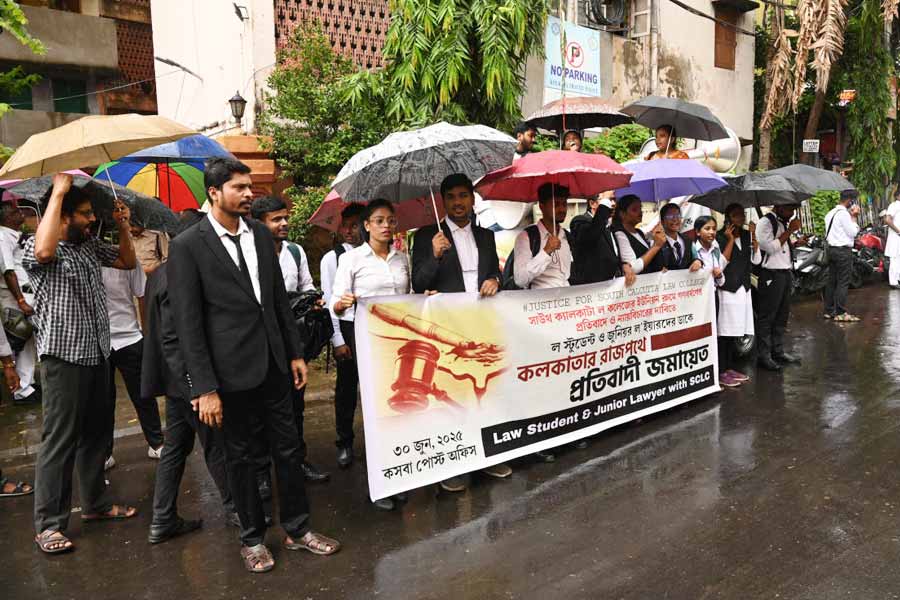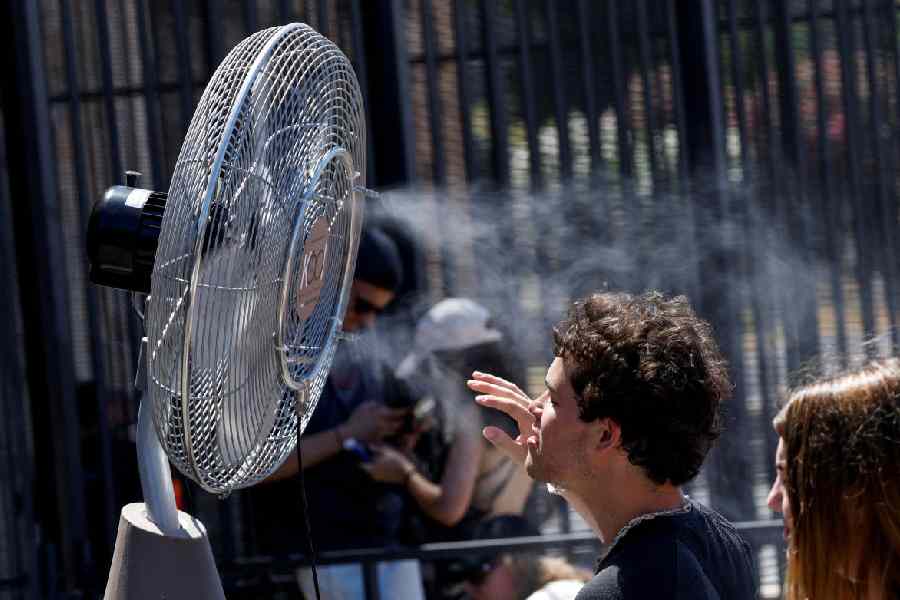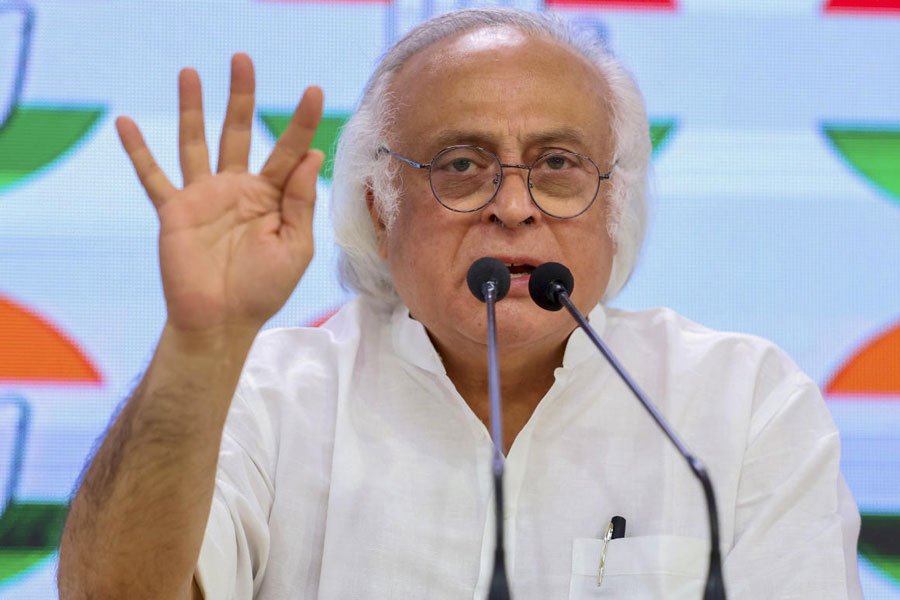
Guwahati, Dec. 17: The Gangotri of Indian Oil, as Guwahati Refinery is also known, is today faced with an unprecedented water crisis brought about by heavy siltation in the intake area, posing a threat to operations in the country's oldest refinery.
Indian Oil Corporation officials said the siltation at the water intake point (source) on the Brahmaputra at Soonsali ghat, which otherwise is a regular occurrence during winter, has been the "worst since the facility's inception in 1962".
This has prompted the refinery to ration (allocate a fixed quota) drinking water supply to residents of the township in Noonmati and entities such as Military Engineering Services (MES) and Oil India Ltd, Narengi.
"This year, the siltation which started on October 12, has been the heaviest with the area completely cut off from the mainstream of the Brahmaputra. So, to ensure that there is no dry run of the barges and no sand gets pushed into the equipment, a channel, which is fed from the Kharghuli side of the river is being kept active through intensive dredging," Guwahati Refinery executive director Jogen Barpujari said today.
Refinery sources said the water level has receded substantially in the area.
Water from the river is drawn in through two barges installed at the ghat in the Noonmati area.
As of today, only four of the eight suction pumps linked to the barges are operational while the rest are lying unused because of silt accumulation.
A depth of at least six to eight feet is required for the pumps to draw in water.
"Water availability has reduced from 1,300 cubic metres per hour to about 1,000 cubic metres per hour because of the siltation. A dredger is being used from morning till night to clear silt accumulation in the suction area," Barpujari said.
The water is sourced from the surface of the river and treated in the refinery's plant.
"The situation, as it stands, is critical and may affect refinery operations if it worsens, even leading to a shutdown," he said. At least 60 to 70 per cent of the water from the intake point is used for non-refinery purposes such as supply of drinking water to the township and the two entities (MES and OIL). The rest is used for refinery operations.
"About 300 cubic metres of water drawn in per hour is for community development supply. Given the state of things, we are considering a curtailment of supply to residents of Noonmati living outside the township as well," the executive director said.
On the way forward, Barpujari said the refinery was contemplating asking experts for help.
"We will sit with experts from the water resources and inland water transport departments for suggestions. Besides, we might opt for a second dredger as a back-up to the one which is almost 50 years old," he said.
The refinery owned by Indian Oil Corporation Ltd has a capacity of 1.0 million metric tonnes per annum and processes crude from the oil fields of Upper Assam. It caters to the Northeast with products comprising liquefied petroleum gas (LPG), motor spirit (petrol), aviation turbine fuel (ATF), kerosene, high speed diesel, light diesel oil and raw petroleum coke.











